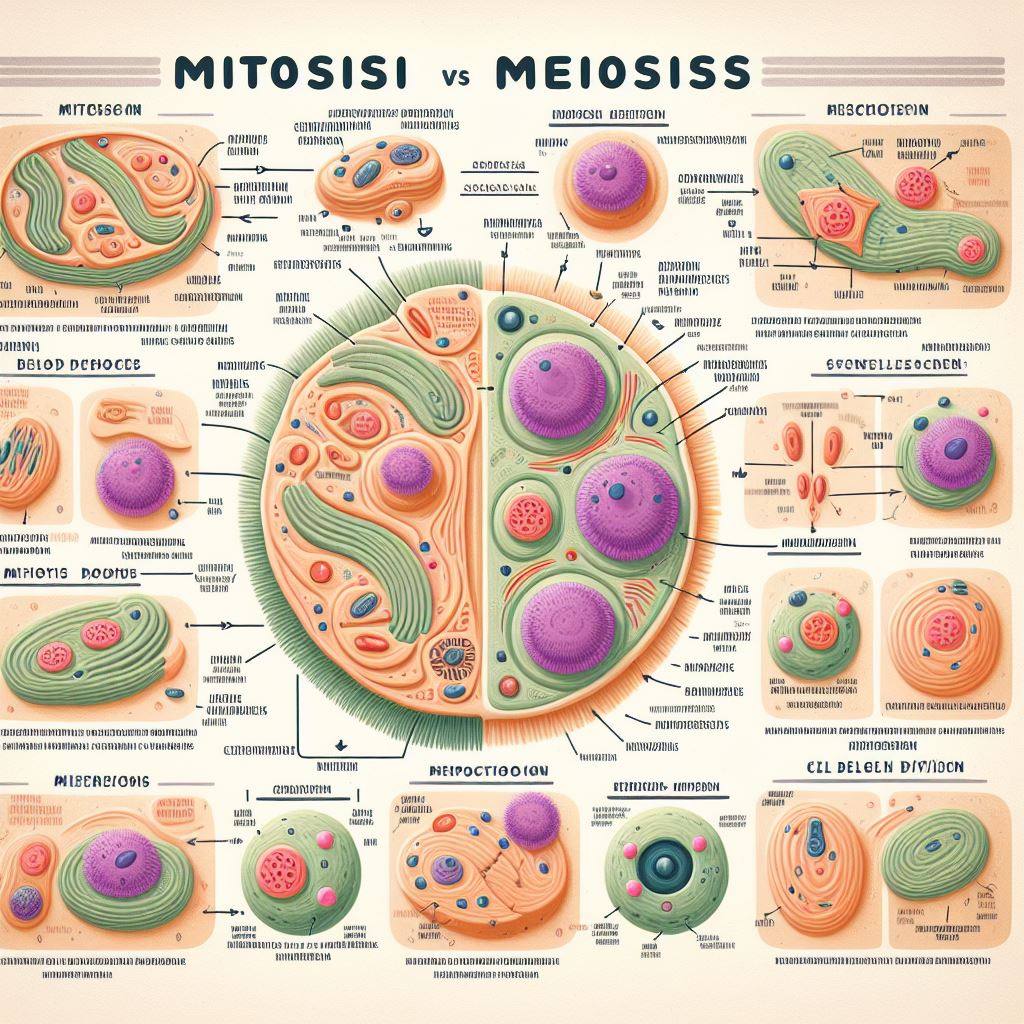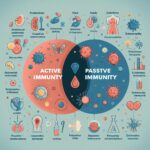Why is Mitosis and Meiosis Important for Cell Division
In the intricate world of cellular division, two main players take center stage: mitosis and meiosis. These fundamental processes govern the propagation of life, each with its unique characteristics and purposes. Let’s unravel the mystery of mitosis and meiosis, understanding their differences and significance.

Mitosis: The Blueprint for Cellular Replication
Mitosis is the cellular choreography responsible for the replication of somatic cells. This process ensures that each daughter cell receives an identical set of chromosomes, maintaining genetic stability. The journey of mitosis unfolds in distinct stages: prophase, metaphase, anaphase, and telophase.
Key Characteristics of Mitosis:
- Genetic Identity: Mitosis results in two daughter cells with the same genetic makeup as the parent cell, ensuring uniformity and stability in tissues and organs.
- Somatic Cells: Mitosis primarily occurs in somatic cells, contributing to the growth, repair, and maintenance of the body.
- Diploid Cells: The resulting daughter cells are diploid, possessing the full complement of chromosomes typical of the species.
- Single Division: Mitosis involves a single round of cell division, culminating in the formation of two genetically identical cells.
Meiosis: The Dance of Genetic Diversity
Meiosis, on the other hand, is the intricate ballet of genetic diversity, essential for the formation of gametes—sperm and egg cells. This process unfolds in two sequential divisions, resulting in four non-identical daughter cells, each with a unique combination of genetic material.
Key Characteristics of Meiosis:
- Genetic Variation: Meiosis introduces genetic diversity by shuffling and recombining genetic material, promoting adaptability and evolution.
- Gamete Formation: Meiosis is exclusive to the formation of gametes, ensuring that offspring inherit a blend of genetic traits from both parents.
- Haploid Cells: The four resulting daughter cells in meiosis are haploid, containing half the number of chromosomes found in somatic cells.
- Two Divisions: Unlike mitosis, meiosis involves two consecutive divisions—meiosis I and meiosis II—each contributing to the reduction of chromosome number.
Bridging the Divide: A Comparative Glance
1. Purpose:
- Mitosis: Cellular growth, repair, and maintenance.
- Meiosis: Gamete formation, ensuring genetic diversity in offspring.
2. Genetic Outcome:
- Mitosis: Genetically identical daughter cells.
- Meiosis: Genetically diverse haploid cells.
3. Number of Divisions:
- Mitosis: Single division.
- Meiosis: Two consecutive divisions.
4. Chromosome Number:
- Mitosis: Diploid cells.
- Meiosis: Haploid cells.
Conclusion: Harmony in Diversity
In the cellular narrative, mitosis and meiosis play distinct but complementary roles. Mitosis safeguards genetic uniformity and stability, while meiosis orchestrates the symphony of genetic diversity vital for the perpetuation of species. Together, these processes embody the intricate dance of life, ensuring the harmony of growth, repair, and reproduction in the ever-evolving cellular landscape.


